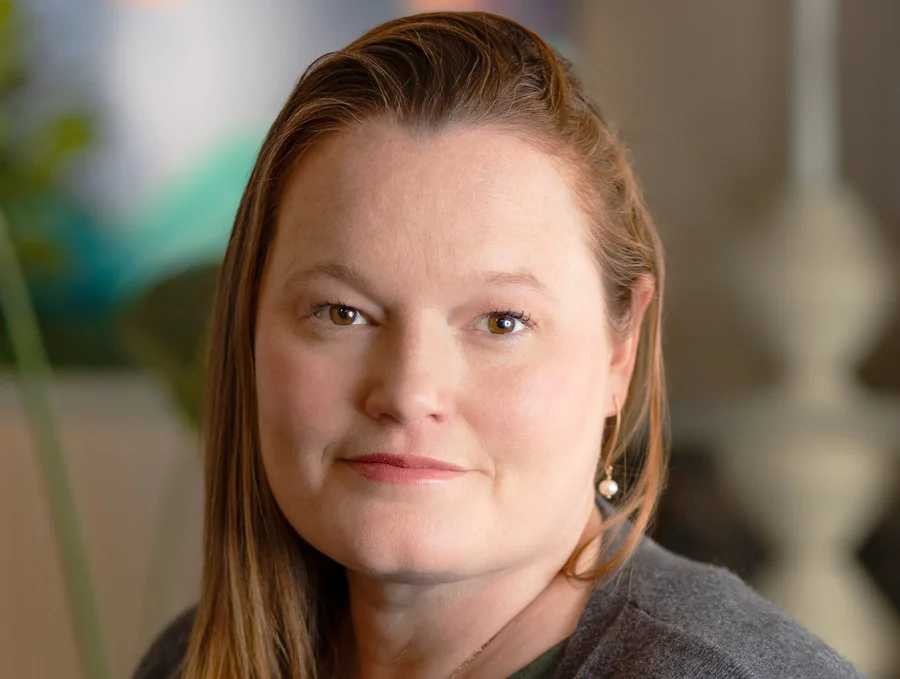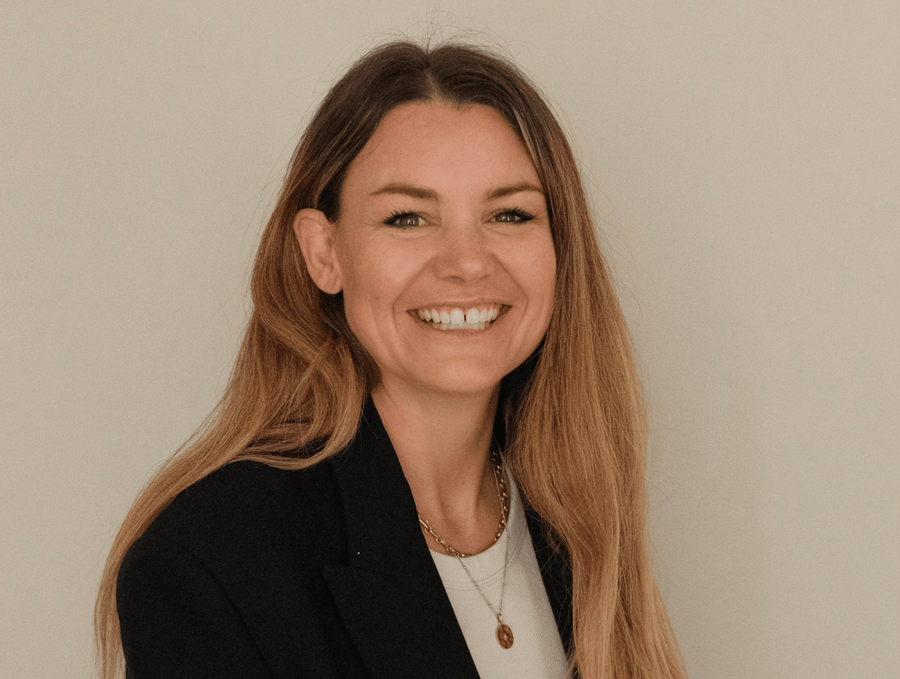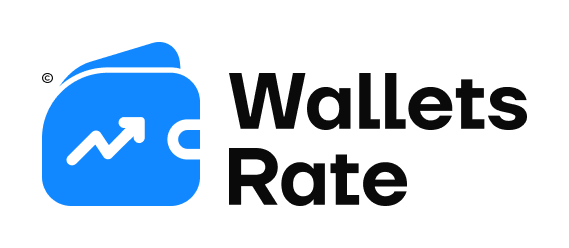Progress has undoubtedly been made when we talk about gender parity and DE&I in the context of the financial services sector – but there is plenty of work still to be done.
Here, FinTech Magazine asks a group of female fintech leaders what can be done to balance the scales and inspire the next generation.
How much progress has been made when it comes to combatting gender-based discrimination in financial services?

If we go back to the 1980s, it was commonplace for lenders to demand the signature or consent of a husband or male relative when a woman, married or unmarried, applied for credit. This practice was rooted in historical gender biases and societal norms that considered women as financially irresponsible and dependent on men.
In the UK, under the Equality Act 2010, it’s now illegal for creditors to discriminate against individuals based on sex or marital status when applying for credit or any other financial service.
However, even though we may not want to admit it, discrimination persists and there can still be instances of implicit bias or lingering gender-related challenges that hinder our work towards greater financial inclusion.
How does a diverse financial services sector ultimately benefit the end-user? Anna Porra, Head of Market Development and Planning at Soldo
Inclusivity fosters innovation and creativity, which has been at the centre of the positive disruption we’ve seen in financial services over the past decade.
Prioritising diversity not only advances individual careers but also bolsters overall economic growth by tapping into the full spectrum of talent.
With the economic landscape looking gloomy, fintechs are doing all they can to stand out from the crowd. The ones that succeed are investing both time and money in women – creating diverse workplaces that truly meet customer needs.
“Research has continually proven that diversity benefits businesses and, in the competitive landscape of fintech, capturing talent and embracing a wide set of skills is not just a matter of social justice but a strategy for sustained success.
To what extent can open banking and a phasing out of standardised bureau data help to foster a more inclusive and fair credit system for women? Emma Steeley
In the world of credit, data reigns supreme. But many credit scoring systems continue to rely heavily on traditional bureau data which may disadvantage individuals, especially women. This discrepancy may stem from the persisting gender pay gap, meaning women have less financial stability and, consequently, fewer opportunities to secure the credit they need.
Addressing these issues requires a concerted effort by governments and financial institutions, and a revamp of how we assess affordability with a system that promotes inclusive lending practices, eliminates gender bias and considers open banking for assessing creditworthiness and affordability.
Outdated models, which have hindered countless creditworthy individuals, must give way to a more comprehensive, data-driven approach.
How can we harness technology to create a more dynamic environment and inspire the next generation of female finance leaders?

Women made up just 16% of CFOs last year. While this figure has almost doubled over the past ten years, the percentages of women at the top remain too low.
To combat the death of opportunities for female finance talent and inspire the next generation of leaders, we must create a more dynamic environment that embraces modernisation through technology to make the career more attractive to young talent; and we must continue to mentor our emerging talent through programmes that showcase opportunities for their careers to grow across finance and accounting.
The finance office itself has evolved significantly in recent years. Traditionally, more junior roles were focused on compliance and control – in which graduates were led by a conventional ‘numbers’ CFO.
However, with the ongoing digital transformation of businesses and their increasing dependence on technology to shape strategic decisions, the dynamics of finance roles are shifting. Automation has played a pivotal role in this transformation by streamlining manual and mundane tasks, thereby freeing up time for young talent to engage in more strategic and value-added activities.
What pressures and challenges have you faced in your own career, and how did you learn to redefine ambition as a woman in tech?

We have to stop conforming to society’s expectations of ambition. While I’ve been lucky enough to work alongside some fantastic allies, reflecting on my earlier career there were some difficult days in the office. A case of a ‘fake it until you make it’ mentality, turning up to meetings in a power suit and bringing more of what I felt was a ‘male energy’. It took time to embrace what I truly believe is ambition and, therefore, success.
Becoming a mother was an impactful moment in my career and was when I reevaluated what ambition means to me. I’m a mother first and, while I’m also driven by a mission to deliver on innovative payments solutions, I’m acutely aware of my role in the future and being part of a world that serves a diverse population for the better.
We’re in a period of redefining work and how it fits into all our other identifiers. You can still be ambitious while having other priorities. Look for allies in your business, and consider networking in groups such as Women in Payments, who provide opportunities to share their experiences and hear from others.
How can fintechs accelerate efficiency by pioneering a more compassionate approach?

It’s no secret the fintech sector is male-dominated. Last year, EY found UK fintechs are less gender diverse than the broader financial services sector, with women comprising just 28% of the workforce compared to 44% in financial services at large.
I’m proud to work for an organisation like YouLend that stands for fairness and equality, and I see it as my responsibility to always place inclusion at the centre of what I do and the products that we build.
Since starting out in the industry two decades ago, we’ve come a long way in achieving diversity and representation across all levels. However, I strongly believe that mentorship programs and proactively providing opportunities to women are the best way to ensure that our future generations of female leaders are also set up for success.
By providing a safe, flexible work environment in a historically male-dominated field, women can feel empowered to contribute their amazing ideas, skills and experiences to the team. Through this approach, I am proud to have built a high-performance global product team that is now 70% female and growing.


